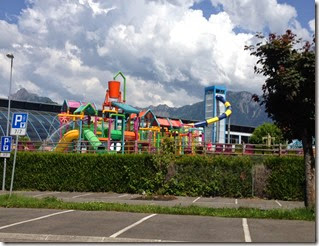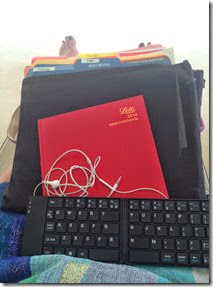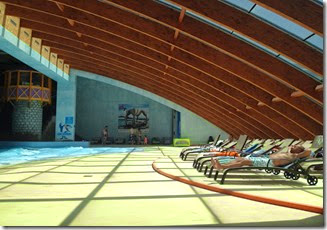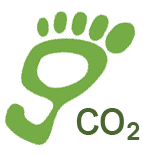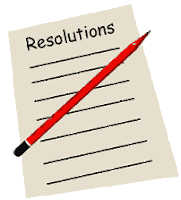Believe it or not, one of my most productive work days this week was here.
At the risk of no one taking me seriously again, I wanted to write briefly about mobile working… from a water park.
Sometimes your kids have a day off, beg you to take them to Aqua Park because it is practically empty (they have a teacher’s in-service day and other schools/classes do not), but your husband is travelling and you still have work obligations.
Does this, or something like this, ever happen to you?
Well, I have actually (after an obligatory 1 hour of water slides to begin with) done several very productive hours of work. How? I carried my mobile office with me, including the following:
1) One Smart phone with internet;
2) One set of headphones with microphone for making discreet calls (I’m sure the lady sunbathing next to me never even noticed);
3) A Bluetooth keyboard that folds up into a small square. (This is amazing technology and allows for long, serious emails to be written on your phone instead of a computer or iPad – I wrote this entire blog post comfortably on my phone using this nearly fully-size keyboard.)
4) My GTD A4 mesh pouch, filled with Action and Project files, highlighter, pen, post-its etc.
5) The GTD files themselves – these are labeled folders with: In, Read/Review, Action Support, Waiting For, Filing, Expenses, and Trash (and a couple of blank ones). I needed this as I hurriedly emptied my in-box into another GTD A4 mesh pouch to organize on site;
6) My paper calendar (because I build in redundancy with both a paper and e-calendar, or just call me old fashioned);
7) My own GTD folder (below) with my lists (Next Action, Waiting For, Projects, Agendas, Someday/Maybe) to help me optimize my time – no wasting time trying to figure out what to do next;
This all packs into a small tote bag, that I then should have put into a plastic bag (being a water park and all) but so far so good.
It’s good to have this mobile system thought through and ready to go, especially when plans change and you find yourself working away from your office in some unusual place (e.g. café waiting for judo lesson to finish, car park at rainy football game, restaurant because hammering in house, airplane…I could go on).
I guess this means I can really work anywhere, anytime (Health Warning: Not that working everywhere, all the time is good! I promised and will enjoy going back to the water slides and wave pool again before we go, with a much freer and clearer conscience!)

